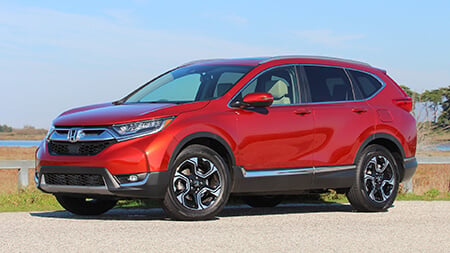
How Shiply Works
How Shiply Works
- 1
Request quotes from our 474,438 rated transport providers.
- 2
Compare prices and read previous customer feedback to pick the right delivery quote for you.
- 3
Sit back and relax while your item is safely delivered by your chosen transport provider.
Recent Deliveries

Brampton, ON L6P 2N9
Sioux Lookout, ON P8T 1H5
C $610

Brampton, Ontario L6X 2M6
Edmonton, AB T6K 0C5
C $840

Burlington, ON L7L 5R3
Tsawwassen, BC V4M 4G3
C $1,500

Regina, SK S4N 2T7
Stoney Creek, ON L8E 0B5
C $1,137
How Shiply Helps The Environment
By utilising spare capacity of vehicles running on the road, Shiply helps reduce the number of otherwise wasteful journeys needed to transport the item.







Recent Testimonials

"Communication was great from the time I accepted the quote until the car was dropped off. In terms of the timeline, I was given a potential range for both how soon the car would be picked up and how many days it would be in transport."

"Everything was perfect! Fast, easy and hassle-free process! I definitely recommend and would use them again in the future. Thank you so much!"

"Great experience using these guys. This was my first time having to transport a car using a service like this and I could not be happier. Picked up earlier than expected and delivery was early as well. Quick easy and problem free."

"I’ve used Shiply twice now and have been really pleased with the result. It’s quick and easy to use. For both occasions the quotes were very competitive and the quality of the job was excellent. I highly recommend it."










